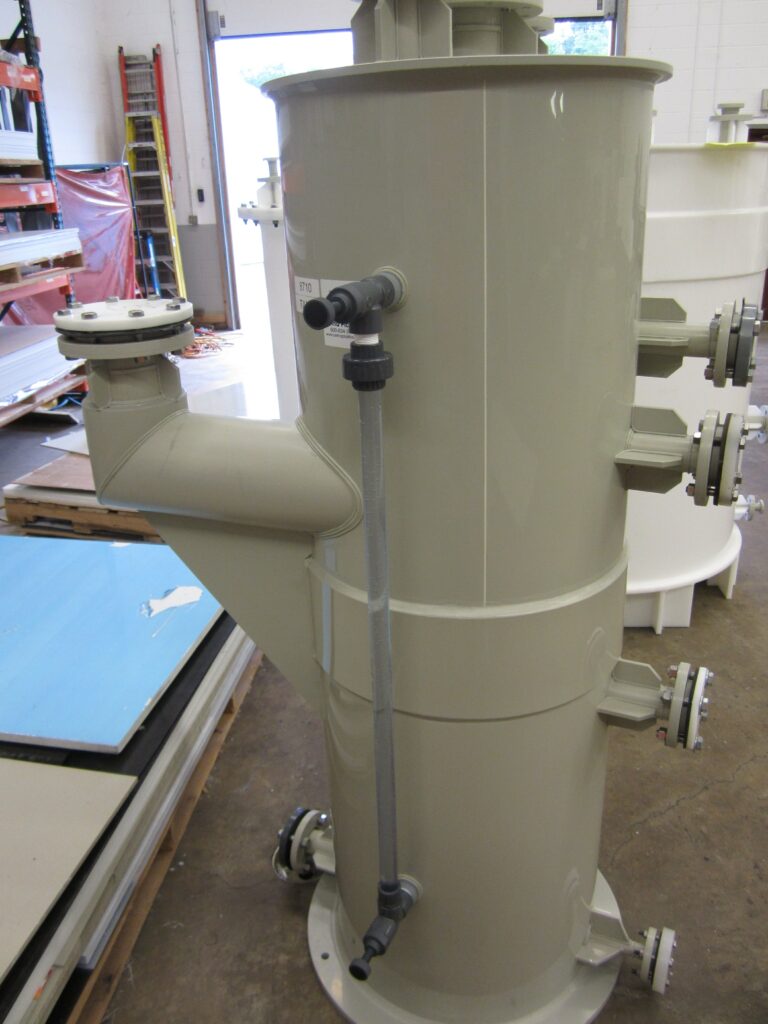Anodizing tanks are specialized containers used in the process of anodizing objects for higher resistance. These tanks are constructed from robust materials such as polypropylene, which is resistant to corrosion, abrasion, and cracking, ensuring durability and reliability in industrial applications. The tanks can be up to 15 feet deep and 110 feet long, with walls 1 to 1.5 inches thick to withstand the rigorous conditions of the anodizing process. Anodizing tanks play a crucial role in enhancing the surface of an object, including corrosion resistance, abrasion resistance, electrical properties, wear resistance, surface lubricity, heat dissipation, dielectric properties, adhesion, and aesthetics.
Overall, Aetna Plastics Fabrication anodizing tanks are vital in the anodizing process, providing the necessary environment for enhancing the functional and aesthetic properties of critical components for our customers. The construction and operation of our anodizing tanks are tailored to meet the stringent demands of industrial applications, making them indispensable in the fabrication of high-performance, corrosion-resistant parts.
Types of anodizing tanks
Hardcoat Anodizing Tanks
- Designed for producing thick, hard coatings on aluminum, these tanks operate at lower temperatures and use higher current densities to achieve maximum hardness and wear resistance.
Chromic Anodizing Tanks
- Utilized for creating a thinner but highly corrosion-resistant coating, these tanks are ideal for applications requiring minimal dimensional change and strong protection against harsh environments.
Sulfuric Anodizing Tanks
- The most common type of anodizing tanks, they are used for general-purpose anodizing. They produce a durable, corrosion-resistant finish suitable for various industrial applications.


